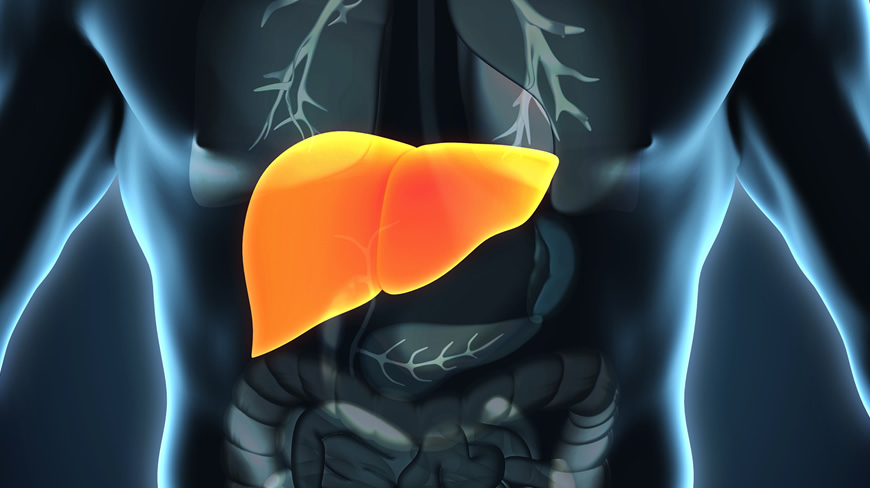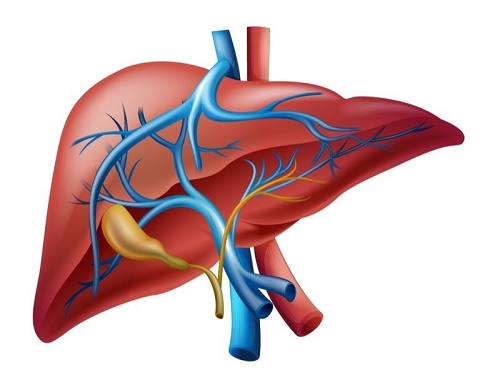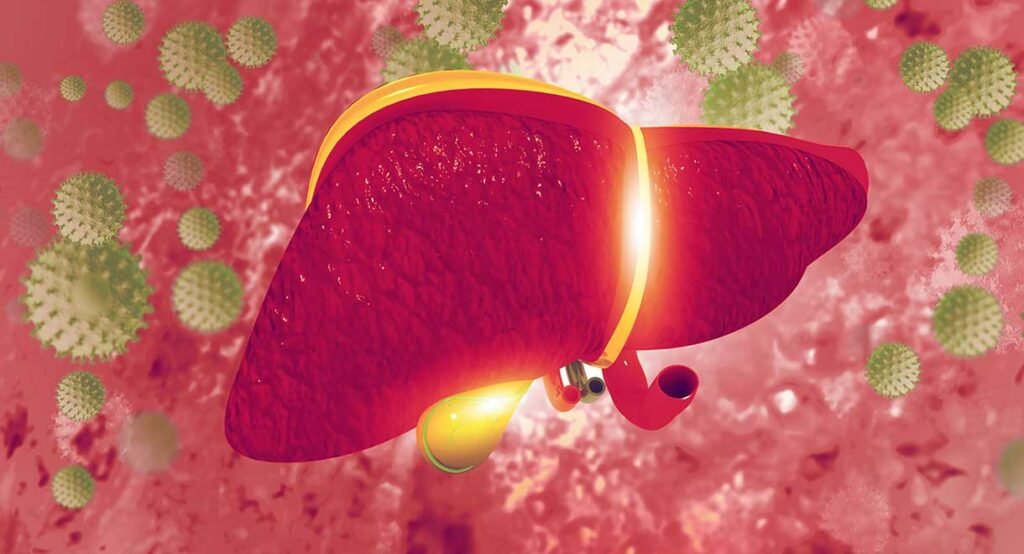Phytoestrogens and the foods that contain them

The search for alternatives to hormone therapy during menopause has made phytoestrogens popular. Of course, with a specific selection of plant foods, the intake of phytoestrogens can increase.

What are phytoestrogens?
Phytoestrogens are phytochemicals that are structurally similar to estrogens and therefore can bind to the same receptors. In turn, Phytoestrogens are divided into three groups:
- Isoflavones: soy, beans, fruits, vegetables.
- Lignans: berries, whole grains, flax seeds.
- Coumestane: alpha buds, red clover.
Because phytoestrogens bind to estrogen receptors, they are endocrine disruptors but weaker than estrogens. Due to its weaker effects, there are also fewer side effects in hormone therapy.
Phytoestrogens reduce climacteric symptoms and reduce the risk of osteoporosis. They are also considered the cause of gynecomastia with frequent consumption of beer, as they are also contained in yeast. There are many more effects that have not yet been fully tested.
Phytoestrogens are estrogens of plant origin, which, incorporated in the diet, become irreplaceable allies for:
- Develop body shapes.
- Maintain muscle firmness.
- Improve cellulite.
- Go through menopause without its typical discomforts.
- Prevent osteoporosis.
- Maintain an excellent quality of life over time.
- Some studies also report the potential benefits of phytoestrogens in lowering serum cholesterol levels.
- Phytoestrogens can reduce osteoporosis.
Risks of hormone replacement therapy (HRT).
Although climacteric complaints do not represent a life-threatening condition, they need treatment due to the high level of distress of affected patients. However, the Women’s Health Initiative (WHI) study showed that hormone replacement therapy (HRT), which has been widely recommended for the past 20 years, is not without risk and is now used only for serious indications and use at short term.
Foods that contain phytoestrogens:
The total phytoestrogen content is the sum of the isoflavones (genistein, daidzein, glycitein, formononetin), lignans (secoisolariciresinol, matairesinol, pinoresinol, lariciresinol), and coumestane (coumestrol). (1 µg = 0.000001 g) or to better understand the following table 1 mg is the same as 1000 µg.
| Food
Flax seed |
Contents ( µg / 100g) 379380 |
| Sesame seeds | 8008.1 |
| Flax bread | 7540 |
| Multigrain bread | 4798.7 |
| Hummus | 993 |
| Garlic | 603.6 |
| Mung bean sprouts | 495.1 |
| Dried apricots | 444.5 |
| Alfalfa sprouts | 441.4 |
| Dried dates | 329.5 |
| Sunflower seeds | 216 |
| Chestnuts | 210.2 |
| Olive oil | 180.7 |
| Almonds | 131.1 |
| Green bean | 105.8 |
| Peanuts | 34.5 |
| Onion | 32 |
| Blueberry | 17.5 |
| Corn | 9 |
| Coffee, regular | 6.3 |
| Watermelon | 2.9 |
| Food items | Content (μg / 100g) | Total phytoestrogens (μg / 100g) |
| Vegetables | ||
| Garlic | 583.2 | 603.6 |
| Winter squash | 113.3 | 113.7 |
| Green beans | 66.8 | 105.8 |
| collard greens or fodder cabbage | 97.8 | 101.3 |
| Broccoli | 93.9 | 94.1 |
| Cabbage | 79.1 | 80 |
| Fruits | ||
| Dried plums | 177.5 | 183.5 |
| Peaches | 61.8 | 64.5 |
| Strawberry | 48.9 | 51.6 |
| Raspberry | 37.7 | 47.6 |
| Watermelon | 2.9 | 2.9 |
| Walnuts and other legume seeds | ||
| Pistachios | 198.9 | 382.5 |
| Chestnuts | 186.6 | 210.2 |
| Walnuts | 85.7 | 139.5 |
| Cashew nuts | 99.4 | 121.9 |
| Hazelnuts | 77.1 | 107.5 |
| Lentils | 26.6 | 36.5 |
| Beverages | ||
| Red wine | 37.3 | 53.9 |
| Green Tea | 12 | 13 |
| White wine | 8 | 12.7 |
| Black tea | 8.1 | 8.9 |
| Coffee, decaffeinated coffee | 4.8 | 5.5 |
| Beer | 1.1 | 2.7 |
| Others | ||
| Black bean souce | 10.5 | 5330.3 |
| Black liquorice | 415.1 | 862.7 |
| Rye bread | 142.9 | 146.3 |


